The great romance of Queen Victoria and Prince Albert, in All About History 124
Inside All About History 124: Discover how the marriage of Queen Victoria and Prince Albert reshaped the monarchies of Europe.
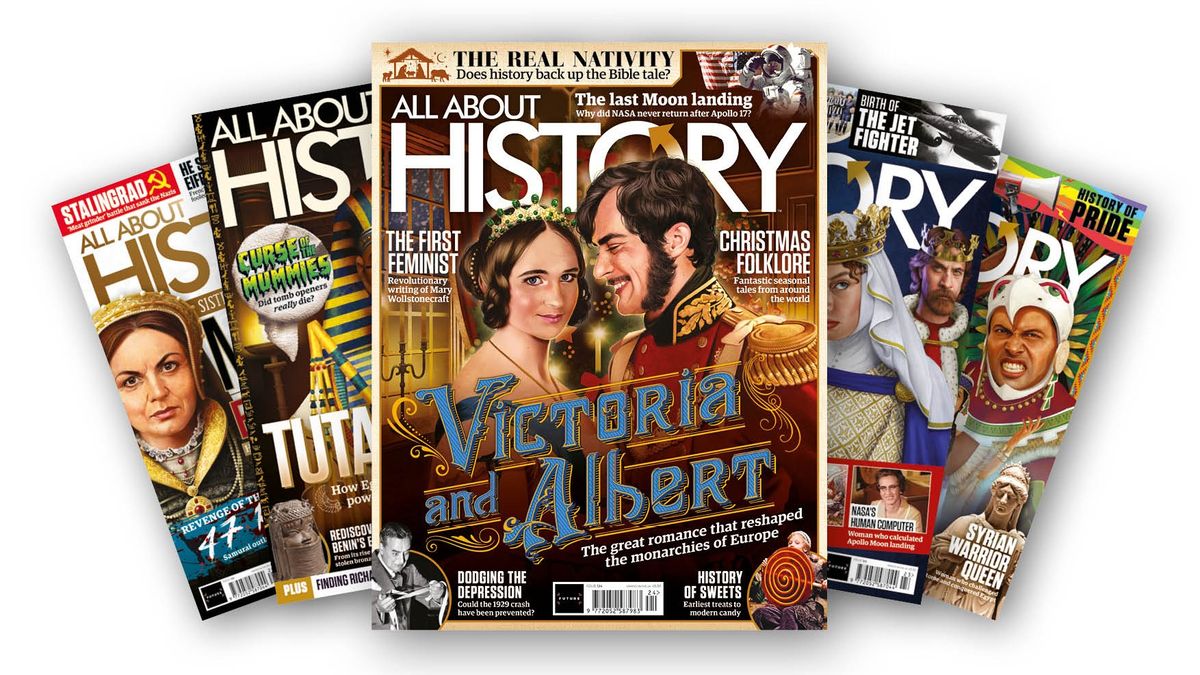
As an English princess and heir to the throne, Victoria was the most pursued woman of her era. But when it came time for the newly crowned young queen to choose a husband, she chose a relatively lowly German prince who added little to the power or prestige of her throne.
However, it was a choice that would prove pivotal in the future of many monarchies around Europe. In the latest issue of All About History, on sale now, we explore the great love affair of Queen Victoria and Prince Albert.
Read the full story of Victoria and Albert, and more, in issue 124.









Also in issue 124, All About History offers a selection of festive treats, from the real history behind the Nativity story and what records can prove about the "Bible" tale, to strange yuletide folklore from around Europe. Plus this issue you can find the history of sweets and examples of the Christmas postcards sent to and from the trenches of the First World War.
Related: Read a free issues of All About History
Issue 124 also digs into the life of the radical writer and thinker Mary Wollstonecraft, examines NASA's last Moon landing for the 50th anniversary of Apollo 17 and finds out what we can learn from the philosophy of the samurai of Japan. It's all in All About History 124.
Victoria & Albert
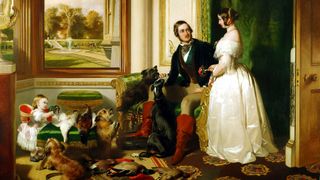
History tells us that the marriage of Queen Victoria and Prince Albert was one for the ages, from love at almost first sight to its shattering, tragic end. Their story has endured as long as the image of the mourning queen swathed in black, her face set into a granite frown. In fact, their marriage was anything but a fairy story, but the couple held together through thick and thin.
Sign up for the Live Science daily newsletter now
Get the world’s most fascinating discoveries delivered straight to your inbox.
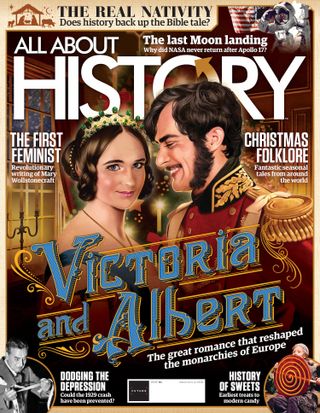
Subscribe to All About History today for as little as $2.62 per issue. Offers available for print, digital and combined subscriptions as well as quarterly and annual plans so you can enjoy All About History wherever you are, however you like.
Victoria and Albert are one of the most famous ruling couples that the United Kingdom has ever known, but the path to the royal altar is rarely the smoothest nor the most romantic. As a young woman and the heiress to the throne that was currently occupied by her aged uncle, King William IV, Princess Victoria was eminently eligible.
Across Europe, would-be husbands of the future queen were being assembled to make their claim for her hand and the throne beside her. One man who was determined to play a part in the courtship was Victoria’s maternal uncle, Leopold I, King of the Belgians, who was the brother of the young princess’ domineering mother.
Read more in All About History 124.
History of the Nativity
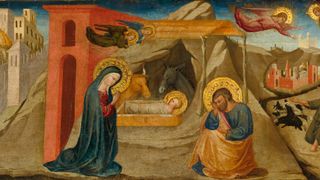
The Nativity is, undoubtedly, one of the most famous stories in the world. Every Christmas, millions of people around the globe celebrate the tale of the birth of Jesus in which Mary, a young virgin told by an angel that she is pregnant with the son of God, and her husband Joseph, a humble carpenter, travel to the town of Bethlehem to give birth to a baby who will become the saviour of mankind.
While we all know the story, how much do we know about the history of the Nativity? Is it possible that the birth of Jesus happened exactly as the "Bible" tells us? The "Gospels" of Matthew and Luke (both believed to have been written after the death of Christ) are the two sources that describe the events of the Nativity.
Although these texts tell a slightly different version of events from one another, by comparing what they do describe to the limited historical evidence available, historians and biblical scholars have been able to try and determine the accuracy of the story.
Learn more about the history behind the Nativity story in All About History 124.
Mary Wollstonecraft
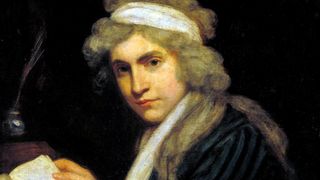
Emotionally tumultuous, the life of Mary Wollstonecraft was shaped by the people that came in and out of it, and her relationships to the people and world around her. Wollstonecraft’s life may have been tragically short, but she ensured an enduring legacy.
In 37 years she travelled, wrote on a wealth of topics across a number of genres and for all kinds of audiences, and today she is still remembered as a pioneer of the movement to ensure women’s rights; the ‘mother of feminism’. She is best remembered for writing "A Vindication of the Rights of Woman: with Strictures on Political and Moral Subjects" (1792).
Wollstonecraft was born in 1759 in London, one of seven siblings. When she died on the 10 September 1797 of septicaemia, only 11 days after the birth of her second daughter, she was just 37 years old. She began life in East London, in Spitalfields, living among the hustle and bustle of one of London’s busiest markets, amid the dirty streets and filthy air, the flow of vendors, meat and waste was constant, but her family was originally of some means.
Read more about Mary Wollstonecraft in All About History 124.

Jonathan is the Editor of All About History magazine, running the day to day operations of the brand. He has a Bachelor's degree in History from the University of Leeds. He has previously worked as Editor of video game magazines games™ and X-ONE and tech magazines iCreate and Apps. He is currently based in Bournemouth, UK.












